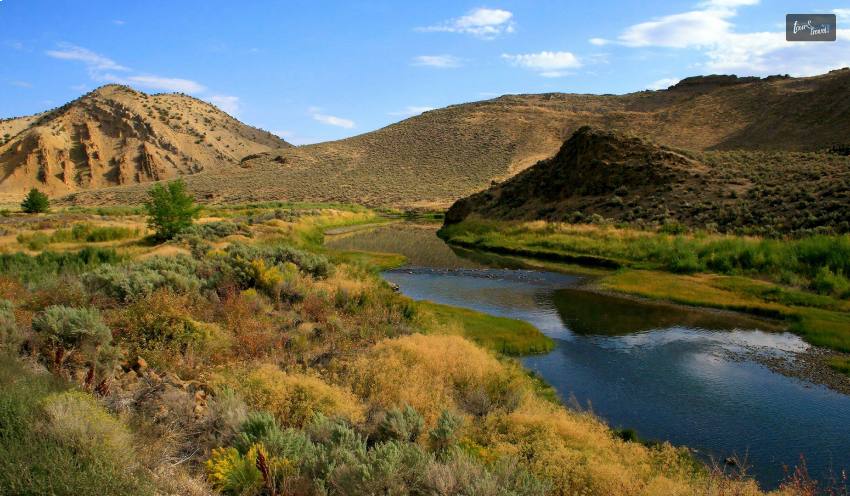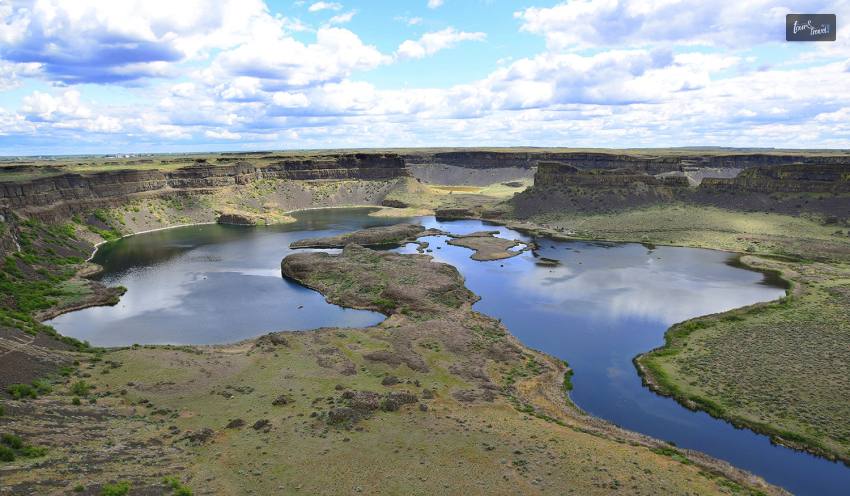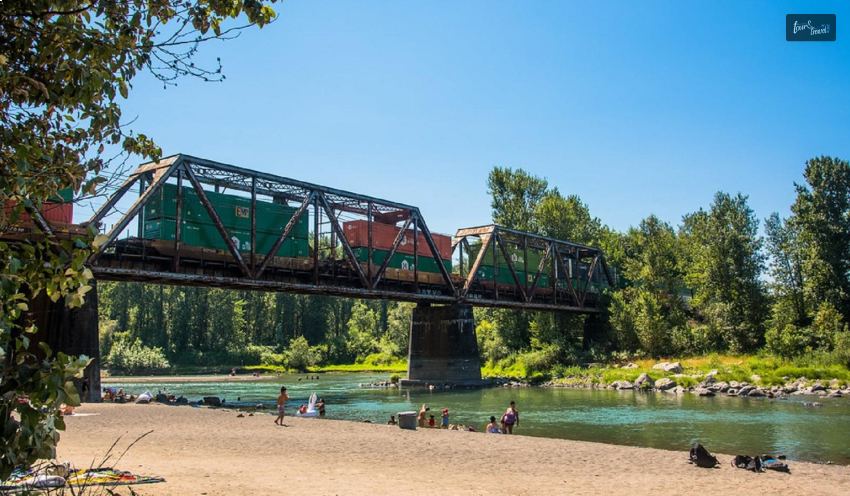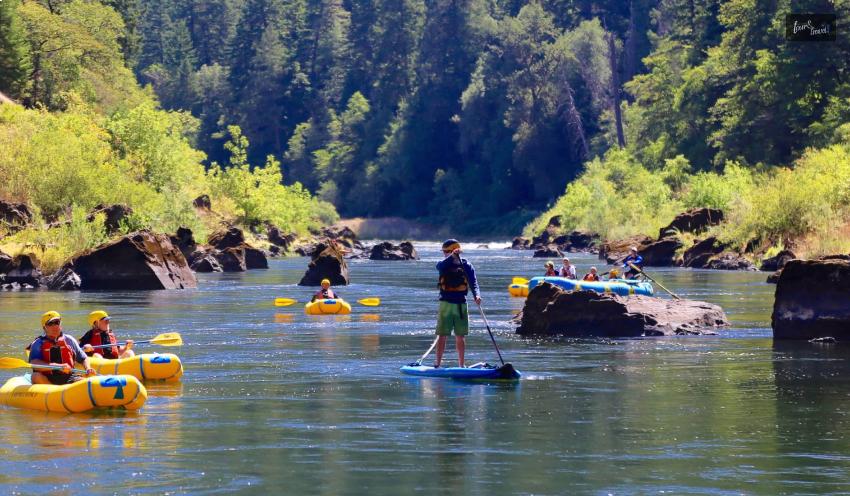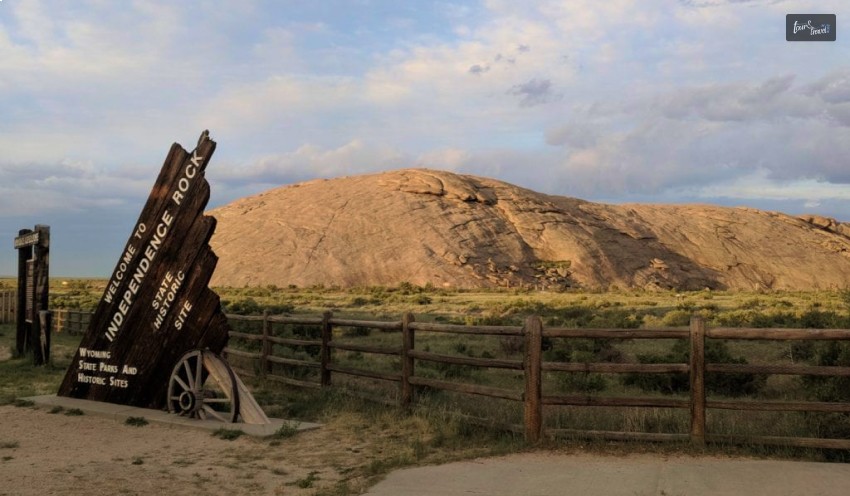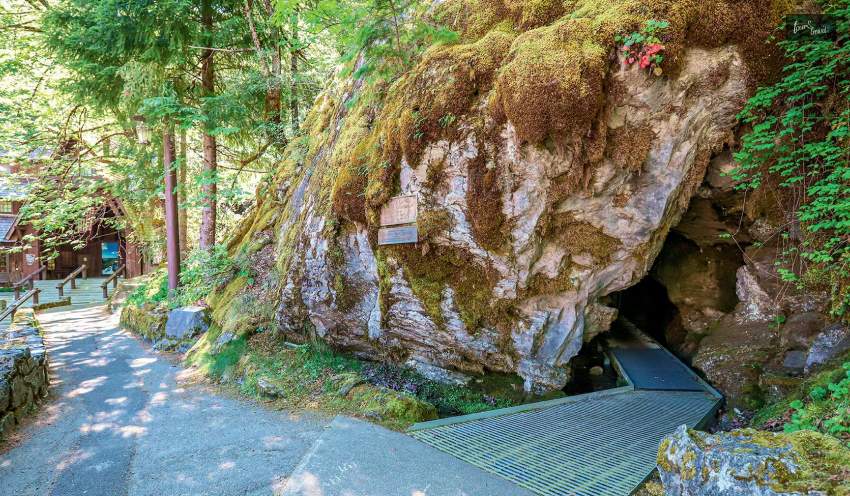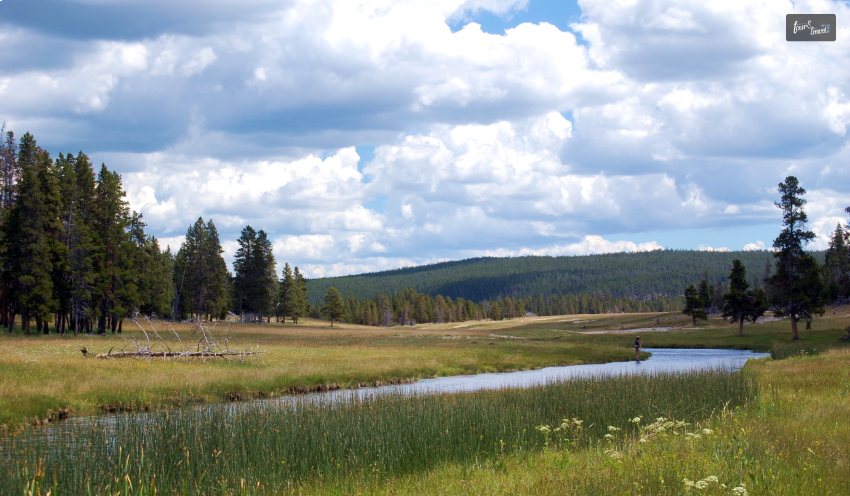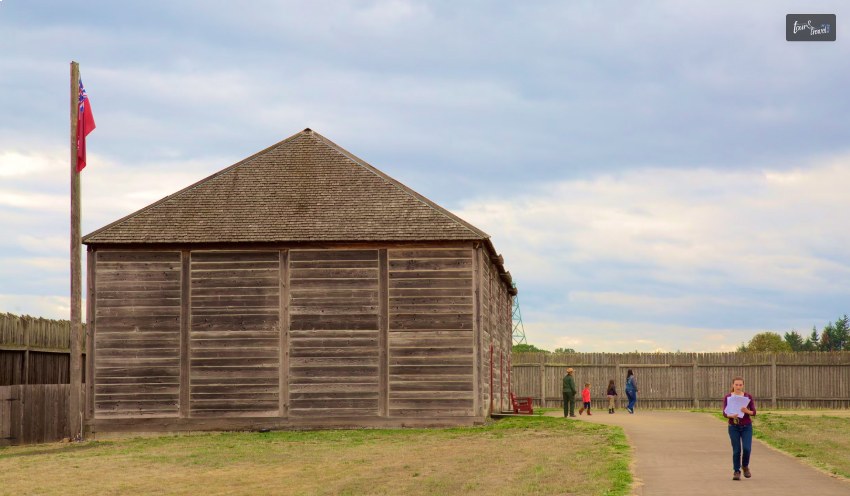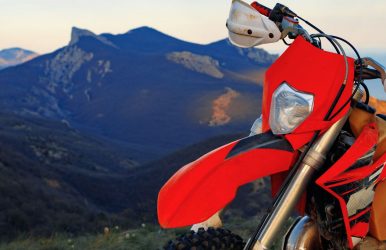Is Houston A Party City? Know The Fun Things To Do In Houston For A Happening Nightlife
BY Sibashree Dec 13, 2024
Yes, Houston is the party city. In fact, it has the backing of the party expert, Evites. So, from the number of events organized each year to the vibrant nightlife, you will surely find a lot of fun things to do in Houston. Houston is also happening in the socials, with #houstonnightlife having a whopping 786k posts on the socials. Further, the #houstonnightclubs has 65.8k posts. However, nightclubs are not the only go-to places if you want to party in Houston. You can visit the wineries, restaurants, and sports bars to make the most of your time. You cannot overlook the fact that #houstonfood has 1M posts on Instagram. So, here is a fun guide for you! Fun Things To Do In Houston Nightlife | Making The Most Of The Party City Partying at night is surely one of the fun things to do in Houston. Moreover, this is the city that gives you the kick to get ready for the parties as well. As Megan Thee Stallion has said, “Houston is a place where you have to be the best. Everybody gotta be flashy, flashy. It's not like a gaudy thing, but people definitely put on their best dressed even if they go into Wal-Mart.” So, are you ready to get all flashy and get ready for the fun parties at night? Check out the fun things to do in Houston curated by us. 1. Soak In High Energy At The Vibrant Houston Nightclubs https://www.instagram.com/p/C_36U4aMssp/?img_index=1 The nightclubs in Houston are high energy, and they are spread across various districts of Houston. Moreover, you will find the most happening nightclubs in Houston in the following areas. Washington Avenue Montrose Downtown Midtown Rice Village Also, check out the table below to know the nightclubs you can visit to dance it out with your partner or make new acquaintances. Nightclub in Houston, TexasAddress Phone Number The Fox Trap Restaurant & Lounge11470 Westheimer Houston, TX+1 281-272-8703Vida Garden Htx2300 Louisiana St Houston, TX(346) 537-0885Numbers Night Club300 Westheimer Road Houston(713) 521-1121Club Tropicana3222 Fondren Rd Houston, TX(713) 977-4188South Beach Houston810 Pacific St Houston, TX (713) 529-7623 Some of these places, like the Fox Trap Restaurant & Lounge, also serve the best delicacies. When in Houston nightclubs, you must try the delicacies like lamb sliders, beignets, egg rolls, etc. 2. Visit The Most Happening Sports Bars In Houston https://www.instagram.com/p/Cq0egwsgV68/ The sports bars in Houston offer you every bit of fun you are looking for. You can play billiards, darts, bowling, or other board games to make the nights filled with a sporty vibe. Moreover, the Houstonians are madly in love with their food and sports. They are crazy about the Texans and Astros. Also, they love to come together as they cheer for their favorite teams. So, you will find many local sports bars filled with high-energy snacks, cold drinks, booze, and more! Also, do you want to be a part of one of the fun things to do in Houston? You can visit the following sports bars. Name of The Sports BarAddressContact NumberHome Run Dugout1220 Grand W Blvd, Katy, TX 77449(833) 384-6881Nick's Place2713 Rockyridge Dr (Westheimer), Houston, TX 77063(713) 780-8338Flying Saucer Draught Emporium15929 City Walk (at Texas Ave), Sugar Land, TX 77479(281) 242-7468Walk-On's Sports Bistreaux - Spring Restaurant21930 Kuykendahl Rd, Spring, TX 77379(281) 801-7171T-Bones Sports Pub1971 W T C Jester Blvd, Houston, TX 77008(713) 864-3944 Now, you can grab your friends, make a group, and visit any of these sports bars for a high-energy experience. However, don’t worry, even if you are traveling solo, as you can always make new friends at these bars. Also, as I have mentioned, some of these sports bars serve the best food and drinks. For example, Walk-On's Sports Bistreaux - Spring Restaurant at 21930 Kuykendahl Rd, Spring, has the best Gochubang, burgers, and mojitos. Moreover, it’s a sin to miss the frozen margarita with the moonshine swirl here and you can reach out to this sports club at (281) 801-7171. 3. These Are The Houston Restaurants You Cannot Miss For Dinner https://www.instagram.com/p/DCZk09nvPWE/ Every time anyone asks me about the fun things to do in Houston, I end up mentioning the best food in the city. If you are traveling to Houston with your partner, fine dining is the most romantic thing you can do here. Further, when it comes to choosing the best dining restaurant in Houston, you are bound to get spoilt with choices. Also, the city offers a good mix of age-old classics and the ones which have just opened their doors to the world. Moreover, you will find dominance of the Tex-Mex culture in the Houston delicacies. For a foodie, it is great to savor a wonderful fusion of Mexican and Texas cuisines. Nevertheless, at Tour and Travel, we have curated some of the celebrated fine dining restaurants in Houston. So, let’s check out the details. Fine Dining Restaurant HoustonAddressContact Number B&B ButchersIt redefines the idea of fine dining with its vast steak menu. Furthermore, its outdoor seating arrangement is pretty cool. 1814 Washington Avenue, Houston, Texas 77007(713) 862-1814Armando’sThis is one of the best places to relish the Tex-Mex influence in Houston food. Moreover, the dishes you need to try here are quesadillas, enchiladas, and ceviche. 2630 Westheimer Road, Houston, Texas 77098(229)454-0198Brenner’s on the BayouAt Buffalo Bayou, Brenner’s on the Bayou will give you the feel of a ski lodge.Furthermore, you can have the best wine here. Birdsall Street, Houston, Texas 77007+1 713-868-4444Coltivare Pizza & GardenAs you can see from the name, it is an Italian restaurant close to a beautiful vegetable garden. The entrees and appetizers here are out of the world. Moreover, you will get wood-fired pizzas here. You may have to wait for a table. However, the wait is surely worth it. 3320 White Oak Drive, Houston, Texas 77007713-637-4095/832-203-7890 So, these are the fun things to do in Houston if you want to make the most of its nightlife or party scene. Now, enjoy your days in this Texas city and we wish you the most happening vacation. Also read Ultimate Guide to Your Next Family Vacation in Israel. Boat Charter Miami: Essential Tips for a Great Experience. You Cannot Miss These Things To Do In Wilmington, NC (With Tour And Travel Tips And Tricks)


